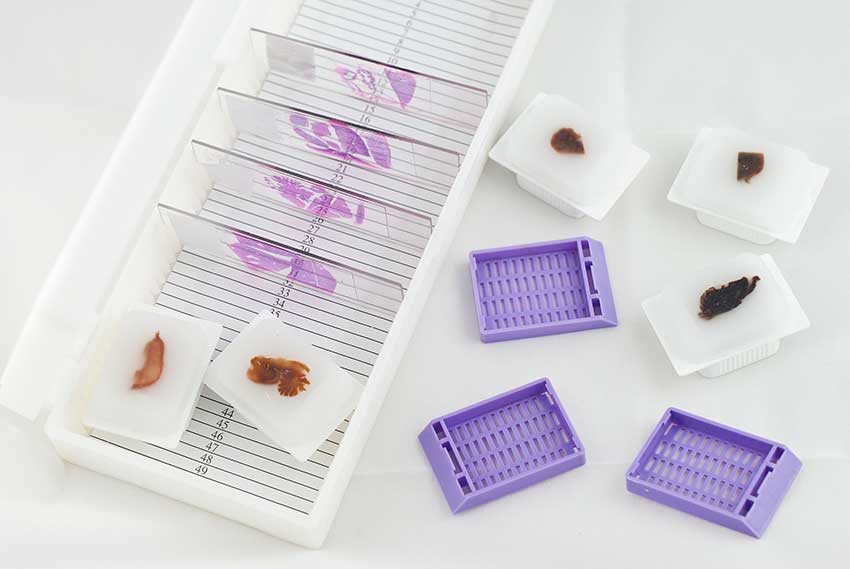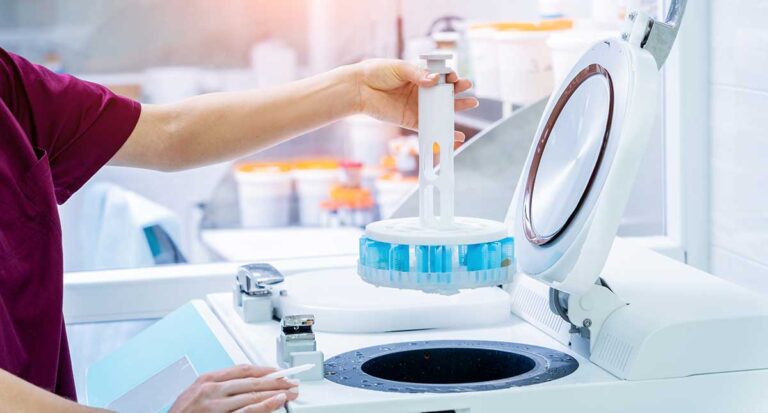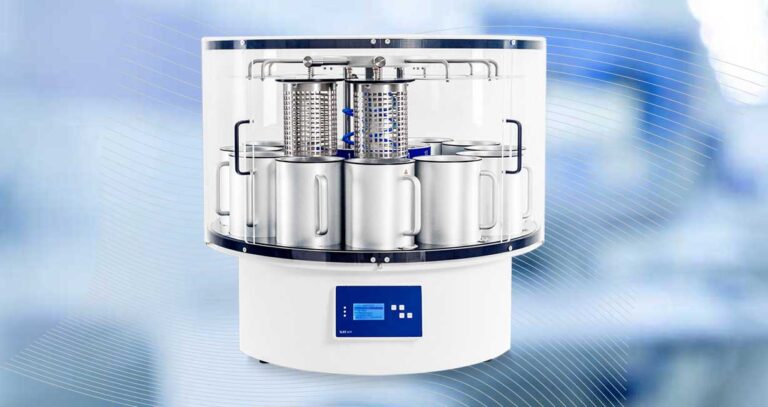Protocols for Tissue Processors and Why They Vary
In the world of histology and histopathology, tissue processors are the backbone of consistent, high-quality slide preparation. But what often surprises newcomers—and sometimes even seasoned techs—is how much variation exists in processing protocols.
So, what are tissue processor protocols, and why do they differ from one lab to the next?
In the world of histology and histopathology, tissue processors are the backbone of consistent, high-quality slide preparation. But what often surprises newcomers—and sometimes even seasoned techs—is how much variation exists in processing protocols.
So, what are tissue processor protocols, and why do they differ from one lab to the next?
What Is a Tissue Processor Protocol?
A tissue processor protocol is the step-by-step program a processor runs to prepare tissue samples for embedding and microscopic examination. This includes:
- Fixation – Preserving tissue with agents like formalin
- Dehydration – Removing water using graded alcohols
- Clearing – Replacing alcohol with a medium like xylene
- Infiltration – Filling tissue with molten paraffin
Timing, temperature, and reagent type/grade define each step and can greatly affect the quality of a lab’s final slide.

Why Protocols Vary Across Labs
1. Tissue Type and Size
Different tissues require different treatments. For example:
- Fatty tissues (like breast) need longer clearing and infiltration times.
- Delicate tissues (like biopsies) may require shorter, gentler processing.
2. Urgency & Workflow
Fast-paced clinical labs may run rapid protocols to turn around results quickly, sometimes processing in just a few hours. Research or pathology labs may prioritize preservation quality over speed and use overnight protocols.
3. Lab Equipment & Processor Models
Protocols can depend heavily on the tissue processor brand and model:
- Leica processors may support high-temperature paraffin for faster infiltration.
- Sakura systems might offer special cycles for delicate samples or high-throughput needs.
Mercedes Scientific distributes and services Leica, Slee, and Sakura models, and each may come with different default settings or programmable flexibility.
4. Reagent Choices
Labs choose reagents based on budget, safety, or environmental concerns. For instance:
- Some labs use xylene substitutes for clearing, which may require protocol adjustments.
- Green labs may favor ethanol-based dehydrants, altering timing needs.
5. Lab-Specific SOPs and Accreditation Standards
Protocols often reflect a lab’s internal Standard Operating Procedures (SOPs) and regulatory compliance (like CLIA, CAP, or GLP standards), which can dictate reagent choices, temperature ranges, or cycle validation methods.
Best Practices for Optimizing Tissue Processor Protocols
- Match the protocol to the tissue type – Don’t use a one-size-fits-all cycle.
- Validate and adjust when switching reagents – New chemicals may change dehydration or clearing times.
- Stay updated with manufacturer guidelines – Leica, Slee, and Sakura regularly publish updated protocol templates.
- Schedule regular maintenance – A sluggish or uncalibrated processor can throw off even the best protocol.
Partner with Experts Who Know Tissue Processors Inside and Out
At Mercedes Scientific – Histology Equipment, we don’t just distribute top-of-the-line refurbished and new tissue processors from brands like Leica and Sakura—we also provide technical support, service, and warranty coverage you can trust.
Whether you’re looking to optimize a protocol for a new tissue type or need help setting up a processor for maximum efficiency, our expert team is here to help you every step of the way.

Need Help Fine-Tuning Your Tissue Processor Protocols?
Contact Mercedes Scientific to consult with a specialist and explore our inventory of high-quality, warrantied tissue processors.



